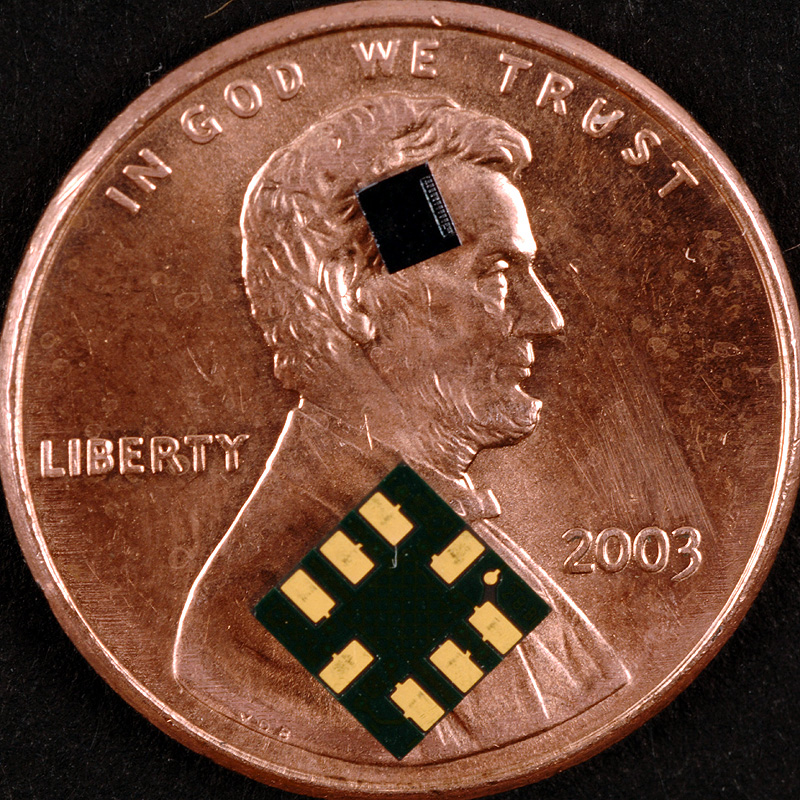New silicon technology lets game controllers spring into motion
With a tilt of your wrists, the dragon you’re riding dives toward the water below. With another movement of your hands, as if pulling back on imaginary reins, the scaly beast pulls out of the dive into level flight, flapping its wings.
That’s how the unreleased game “Lair” will work on the Sony PlayStation 3, which had its U.S. launch Friday. Like Nintendo Co.’s Wii console, which went on sale Sunday, it uses a motion-sensitive controller in an effort to make games more intuitive to play.
The controllers make a higher level of realism possible, too: In the sports game bundled with the Wii in the U.S., the stick-shaped controller doubles as the handle of a virtual tennis racket or golf club.
The technology behind motion-sensing has been around for a while, but recent technical advances have radically brought down the price – and the size. The new game controllers are the first gadgets that promise to bring the technology into the hands of millions of people, and manufacturers now are using motion sensors in other consumer products, including cell phones.
The technology is a wonder of miniaturization and precision. Here’s how Benedetto Vigna, head of the unit at Switzerland-based STMicroelectronics NV, which makes a motion-sensing chip for Nintendo, explains how it works:

The mechanical part of a motion-sensing chip used in the controller for Nintendo Co.'s Wii game console is near the top of a penny to illustrate its size. The chip, made of silicon using the same techniques that produce electronic chips, contains two spring-loaded weights and is packaged with an electronic component into the larger assembly seen on the lower part of the coin. The chip is supplied by STMicroelectronics NV.
When you wave around the new Nintendo controller, two tiny, flat pieces of silicon inside it – each weighing about a millionth of a gram – flex against silicon springs that hold them in place.
The movements are minute, or to put it another way, they’re on the scale of 10 to 100 hydrogen atoms stacked side by side.
But these tiny movements can be measured with incredible accuracy. A charge is applied between the moving pieces of silicon and two nearby sensors. Faint fluctuations in that charge, as small as that of 10 electrons, are picked up by a chip that translates it into an understanding of how the controller is moving.
The two moving weights, which fit together on an area less than a millimeter square, have different roles. One has two sets of springs, which allow it to move from side to side and back and forth. The other weight is a flat piece anchored almost like trampoline. It senses vertical movement. This way, the chip can distinguish motion in all three dimensions of space.
Analog Devices Inc. of Norwood, Mass., makes a similar chip, which goes into the main Wii controller, the stick-like Wii Remote. According to Analog Devices, ST’s chip is used in the auxiliary Freestyle controller (popularly known as the “Nunchuck”) that connects to the larger controller for some games. ST said it was not allowed to say where exactly its chip is used.
Sony Corp.’s “Sixaxis” controller for the PS3 also has an accelerometer. The six axises the name refers to are the three dimensions of space, plus three axises of spin. The company hasn’t revealed who makes the chip.

